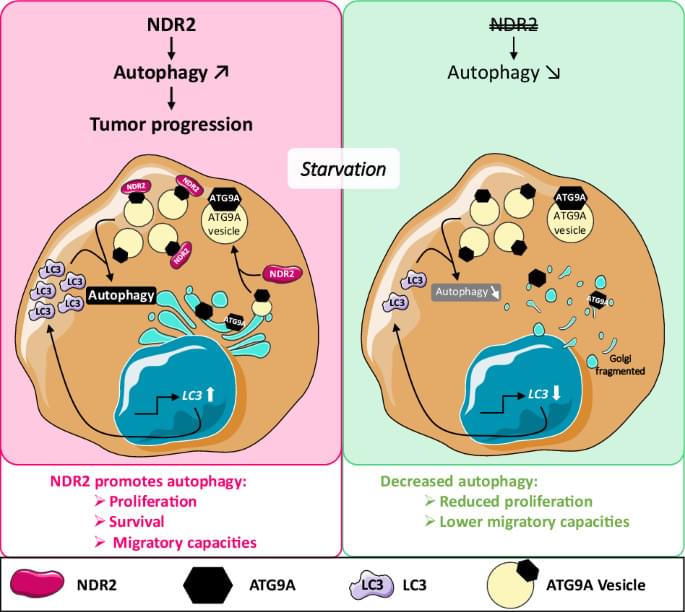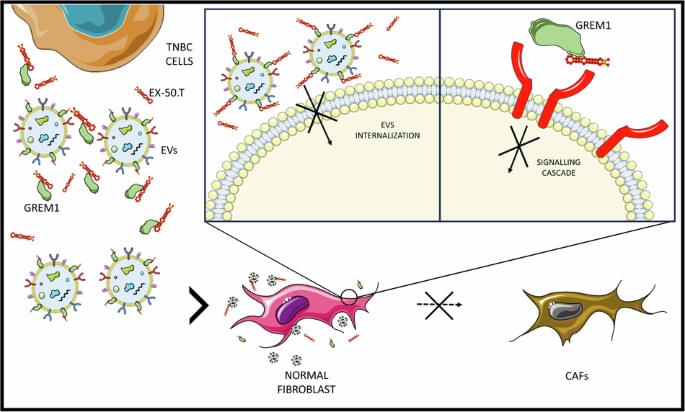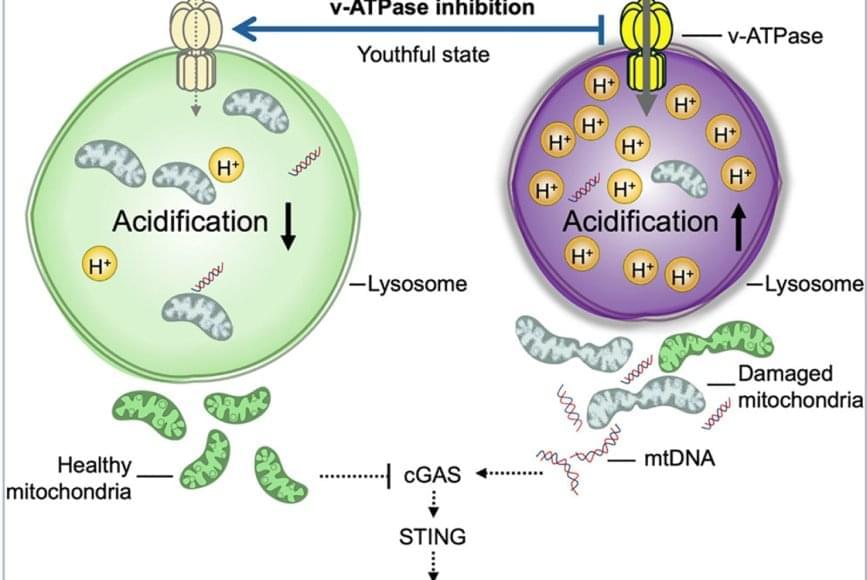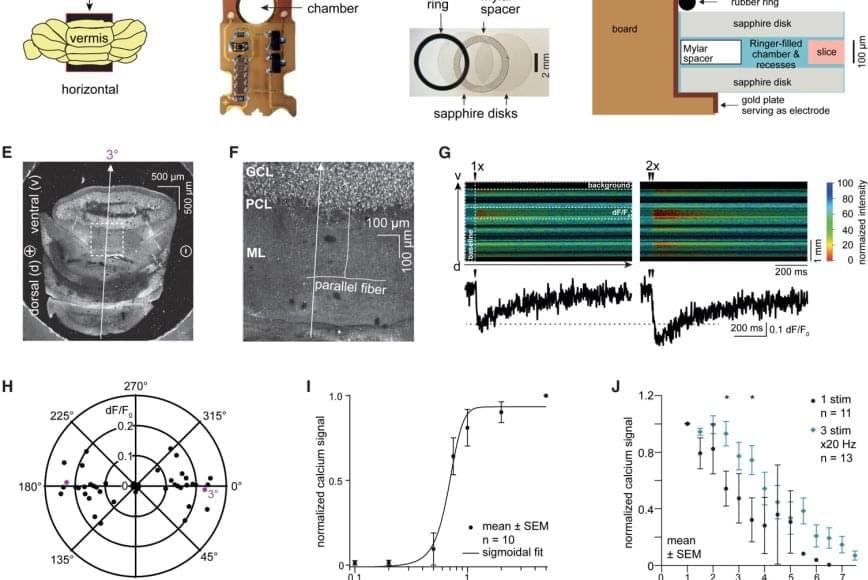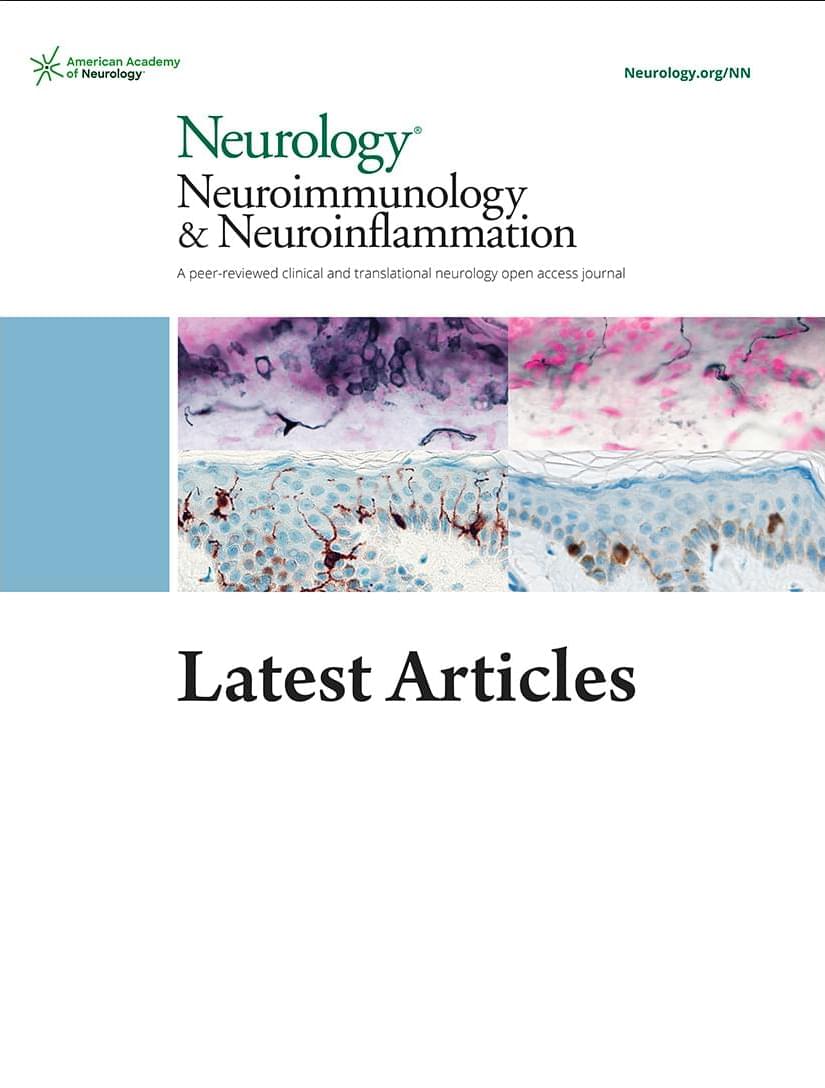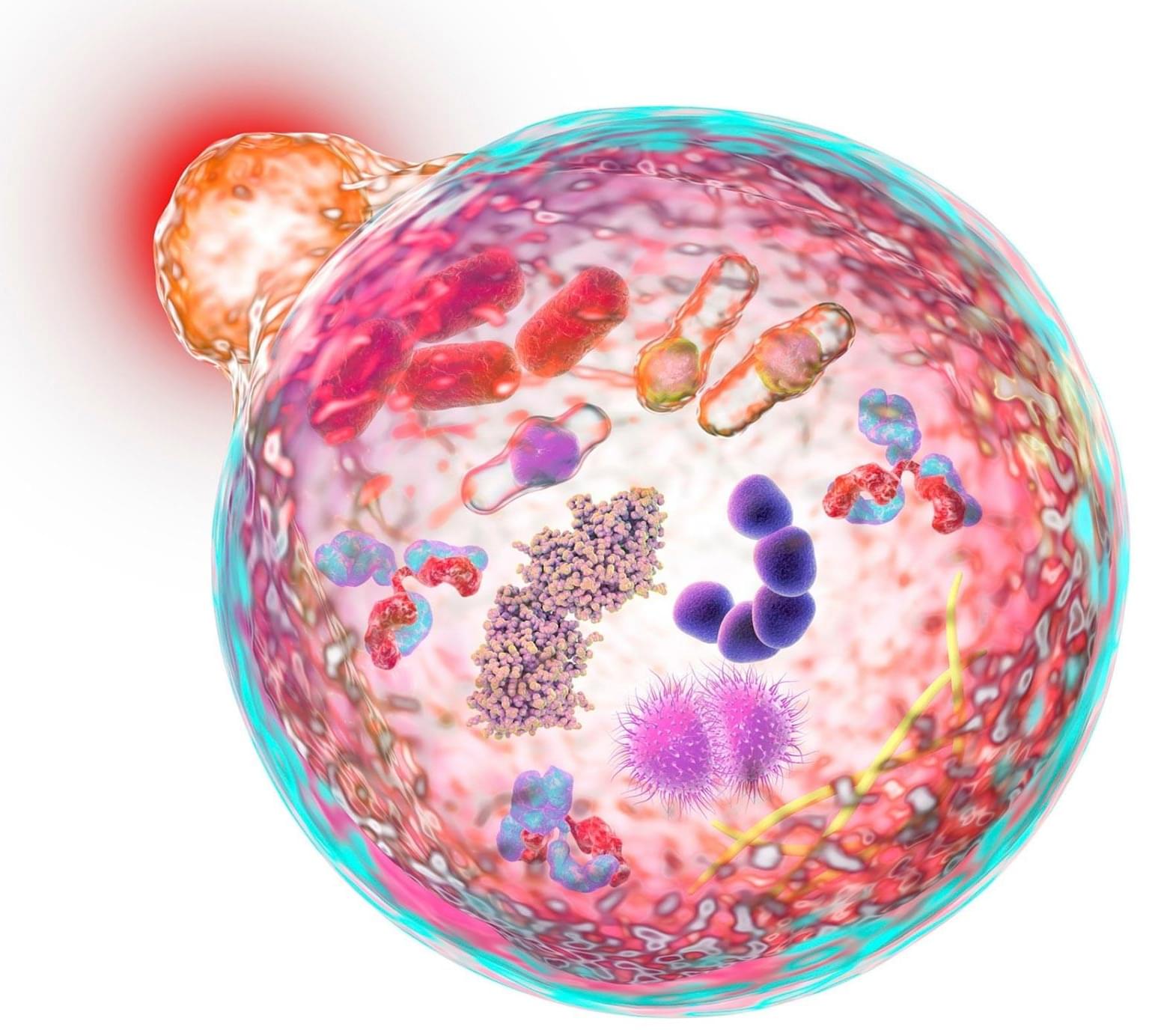Dr. John Cramer, 92-year-old nuclear physicist, discusses participating in the first mitochondrial transplant trial for aging and his longevity theory.
Some links are affiliate links so we will earn a commission when they are used to purchase products.
If you would like to support our channel please consider joining our Patreon / modernhealthspan.
~~~~~~~~~~~~~~
BiOptimizers — 15% off Code MHBIO: https://tinyurl.com/yt-bioptimize-202…(Magnesium Breakthrough, Gluten Guardian)
Stemregen — 10% off Code MODERN: https://tinyurl.com/yt-stemregen-2025… (Stem cell mobilization)
Renue — 15% off Code MHS: https://tinyurl.com/yt-renue-20251214 (Lipo NMN)
Seeking Health — 10% off Code Richard10: https://tinyurl.com/yt-seekinghea-202… (Histamine Nutrients)
AX3 — 20% off Code MODERN20: https://tinyurl.com/yt-ax3-20251214 (Astaxanthin)
n1o1 — 10% off Code Modern: https://tinyurl.com/yt-n1o1-20251214 (Nitric Oxide Lozenges)
These are affiliate links — using them supports the channel at no extra cost to you.
~~~~~~~~~~~~~~
Dr. John Cramer is a 92-year-old emeritus professor at the University of Washington who has spent decades researching nuclear physics and quantum mechanics. Now, he’s turned his attention to longevity, and he’s not just theorizing. Dr. Cramer is participating in Mitrix’s groundbreaking mitochondrial transplantation trial, which aims to replace damaged mitochondrial DNA with healthy versions grown in bioreactors.
In this conversation, Dr. Cramer explains why he believes mitochondrial dysfunction is the root cause of aging, not just another hallmark. He discusses how energy depletion cascades into all other aging symptoms, why previous interventions like telomere extension haven’t delivered, and what markers will be tracked throughout his trial. He also shares his personal longevity protocol, including rapamycin, senolytics, and hyperbaric oxygen therapy.
This is one of the first detailed discussions of autologous mitochondrial transplantation for aging in humans.
